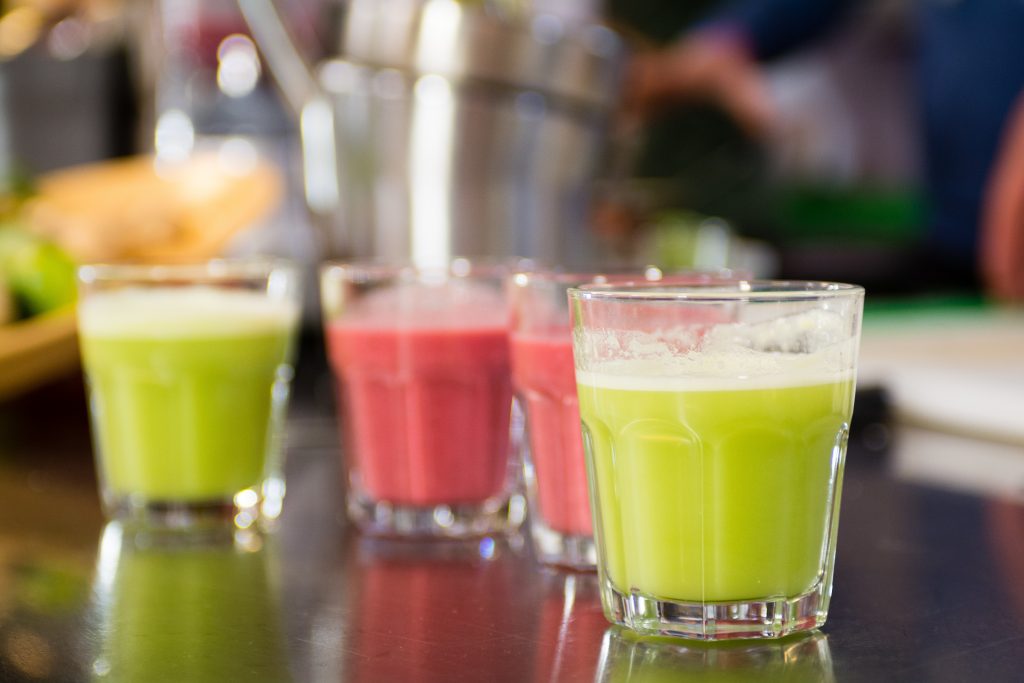With current research by YouGov revealing that almost a quarter of Brits have either already switched some of their drinking to low alcohol alternatives or would consider doing so in the next six months, 2019 is set to be another year of growth for the low/no category.
Driven by sober millennials and dry-athletes, consumers are turning away from traditional wines and spirits and instead focusing on crafted, healthier products. Simon Baldry, Director of Woodstar Beverages looks at what we can expect from low/no alcohol drinks in the year ahead and the trends driving the category changes.
Craft and authenticity
Consumers are becoming increasingly interested in where their products come from, and we expect this trend to soar during 2019. Millennials, in particular, are looking for brands with a story to connect with and ingredients that play a well-considered part in the final product. With consumer tastes ever evolving, wines and other drinks which have simply been de-alcoholised will no longer make the cut. Consumers are looking for new and exciting ingredients they haven’t seen before for depth of flavour. When it comes to low/no alcohol – the more authentic the better!
Delivering an experience
To continue to drive momentum in the category, operators need to deliver an experience that enables consumers to feel part of an occasion. Currently, traditional soft drinks do not deliver this and fail to excite consumers’ ever-adventurous appetite. According to our recent research, there are three qualities that consumers look for when avoiding alcohol – a drink that delivers big on taste, has the right look and feels the part, but they still want to feel they are having an alcohol moment. It is important that low/no alcohol alternatives allow the consumer to participate in the same experience, and with the same enjoyment, as those choosing to drink. Allowing consumers to participate fully was our prime objective in developing Woodstar.
Appealing to the health-conscious
With consumers increasingly conscious of what they are eating and drinking, the industry has seen a huge shift in buying behaviour. As the public actively turns towards healthier drinks, calorie counting and alcohol content are forefront of consumers’ minds. It’s because of this behaviour that the popularity of low/no alcohol has developed an ever-growing presence in the UK and we expect this to continue over the coming 12 months.
In order to satisfy consumer demand for low/no alcohol, it’s important that brands offer a drink that delivers great taste and experience, but also meets the needs of the health conscious.



